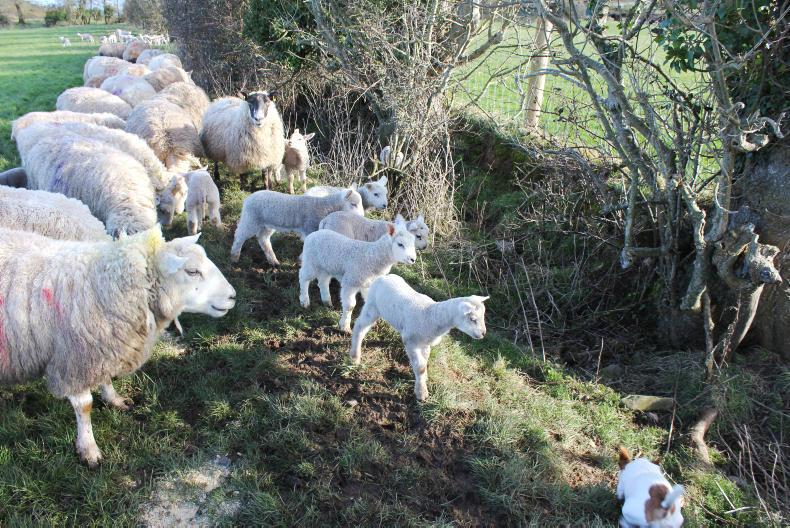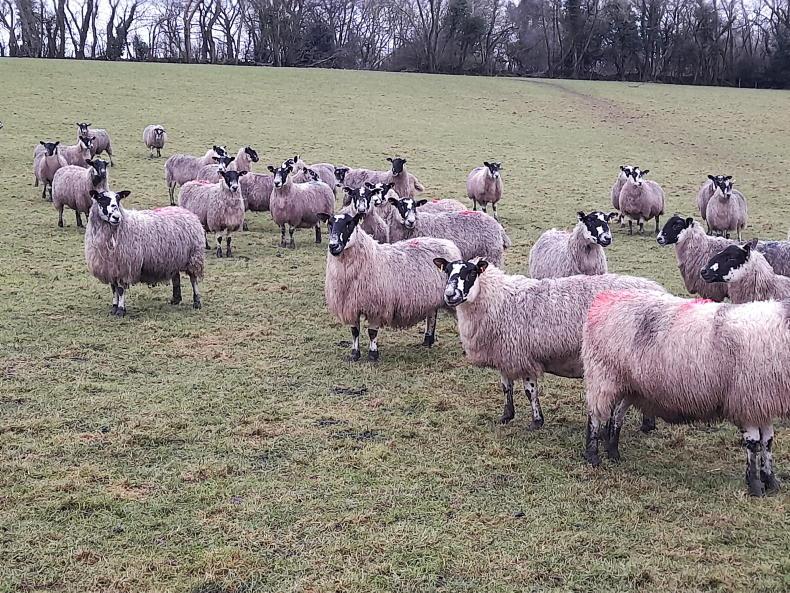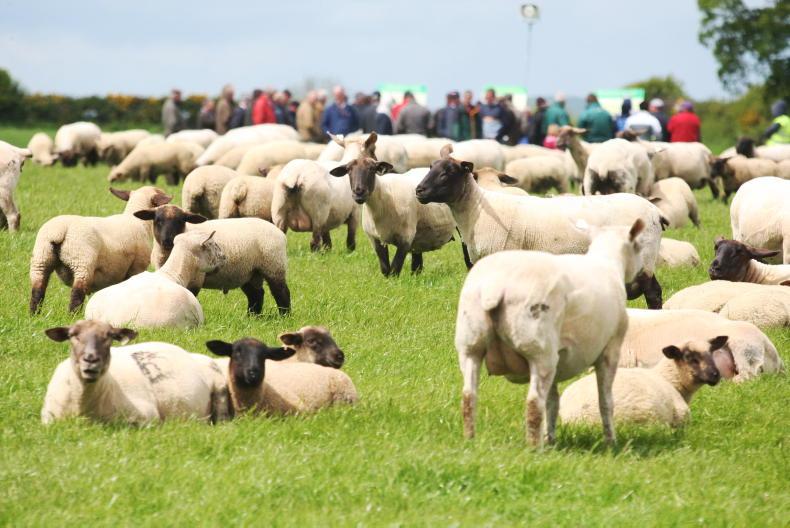The sheep benchmarking report for 2017 arrived by post just as I was about a third of the way through this year’s lambing, and simply added to the huge tug of war raging in my head.
With 90 ewes lambed and either penned or out in the fields, and with the added complications of bad weather plus poultry commitments, stress levels were running at stratospheric heights.
I announced to all those in the vicinity (my wife and two dogs) that at 55 years of age, I had neither the horsepower, determination, nor motivation for eight weeks of round-the-clock duties.
And then I glanced at the figures and noticed that each ewe left a gross margin of £87 last year. No matter how you interpret this, it means sheep made money in 2017, and my earlier proclamation that ewe numbers would have to drop to 200 for next year suddenly didn’t seem like such a fantastic idea.
Nonetheless, I still think 280 breeding ewes throws my work-lifestyle balance miles out of kilter.
Total output (per ewe) was £130, and for anyone not familiar with benchmarking, the gross margin is arrived at by subtracting variable costs.
These are the obvious things, such as forage, concentrate, vet, medicine, and sundries. They amounted to £43/head.
To arrive at a net margin, another £34/animal was deducted. I used to call these fixed costs, but they now seem to be known as common overhead costs, and include machinery depreciation, machinery running costs, fuel costs, building depreciation and quite a few more bits and pieces.
In crude terms, when something isn’t making much money, these are the costs that we farmers pretend don’t exist, and only willingly add them in when margins are sufficiently healthy.
This left me with a net margin of £53/head, and to arrive at the final figure (net profit) another £11 was removed for paid labour, conacre and finance.
Therefore, £42 per breeding ewe is the true value of how much money I have (theoretically) to put in my back pocket. Until, that is, HMRC have a good rummage in my wallet.
And to place it in a different context, my net profit in the last four years has varied from £6 to £19 per ewe. In a nutshell, 2017 was an excellent year for sheep on this farm.
Lamb prices
There is no doubt that strong lamb prices were the main driver in this increased profitability. Close analysis of benchmarking reports always highlights this issue: finetuning of management techniques certainly helps to deliver increased margins, but the differences are usually small (in some cases, miniscule) although they may help to make a shepherd’s life that bit easier.
The consistent message that I draw from detailed studies of this farm’s benchmarking is the importance of doing the basics correctly.
And one other factor cannot be ignored either. Last year was probably one that may not be repeated for a long time. I had a good crop of lambs, low mortality (in both sheep and lambs), maximum availability of clean grass swards, a lot of lambs away when prices were particularly strong in July, and almost perfect weather for growing grass.
The downside of being fifty-five is that I am less enthusiastic about wrestling my way through hundreds of birthing ewes, but the upside is that I’ve been around long enough to know that occasionally, good fortune can look in your direction.
I think I’ll look back at last year and view it as something of a one-off, and I’ll try not to get too upset if this year falls short of those dizzy heights.










SHARING OPTIONS